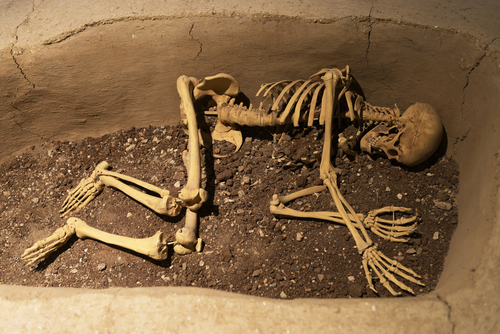Israeli archaeologists crack mystery of why cave paintings were done in the dark:
“Some of the most beautiful Paleolithic cave art is in the pitch-black depths of cave systems, so who were they drawing for?“

The following written content by Ruth Schuster
Prehistoric cave art can be extraordinarily evocative. When you can see it, that is. Oddly, some of the most masterful drawings were done in the pitch-black depths of caves, some in places almost impossible to reach, let alone appreciate the art.
People have been fascinated by caves since time immemorial. Yet why would a cave dweller tens of thousands of years ago venture hundreds of meters into the lightless underground, and why draw anything there?

Now a groundbreaking paper published by Yafit Kedar and Ran Barkai of Tel Aviv University with independent researcher Gil Kedar in Time and Mind: The Journal of Archaeology, Consciousness and Culture suggests an explanation. The paper posits that the Paleolithic artisans were motivated by the transformative nature of the subterranean, oxygen-depleted space; there they could communicate with nonhuman entities inhabiting the underworld. They were making the drawings not for the tribe to see, but for keeping and maintaining their relationships with the cosmos.
Moreover, they were doing so in a state of euphoria. To see in the dark, they lit torches, which diminished the oxygen in the deep reaches of the cave, putting them into altered states of consciousness due to hypoxia.
Who doesn’t love an altered state of consciousness? Leaving drunken elephants and inebriated bats out of it, among humans, hallucinogens have been cited for the ecstatic visions they may induce, and many a modern artist has recoiled from rehab for fear of starving the muse. Read more from Haaretz.





